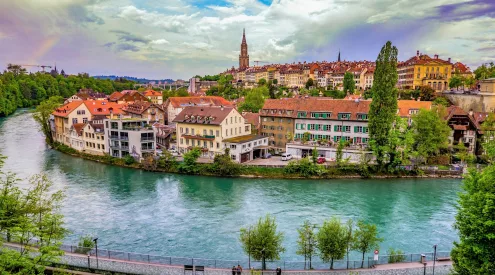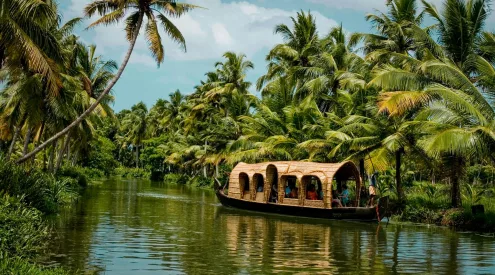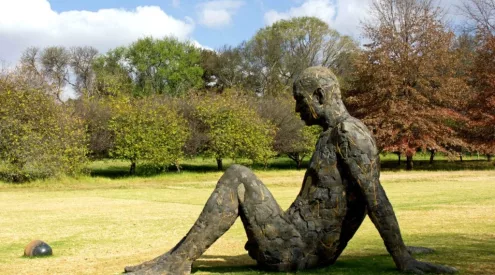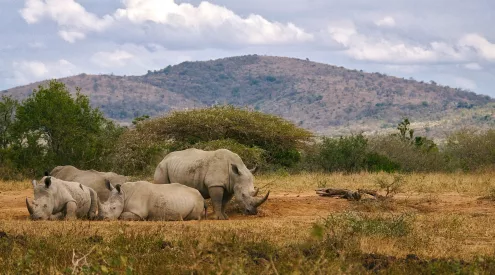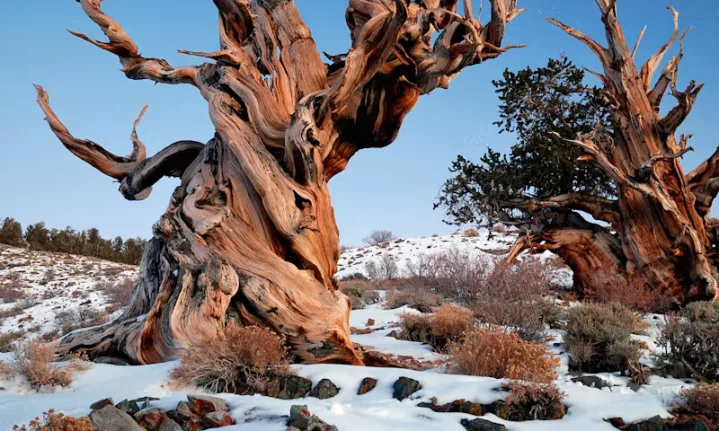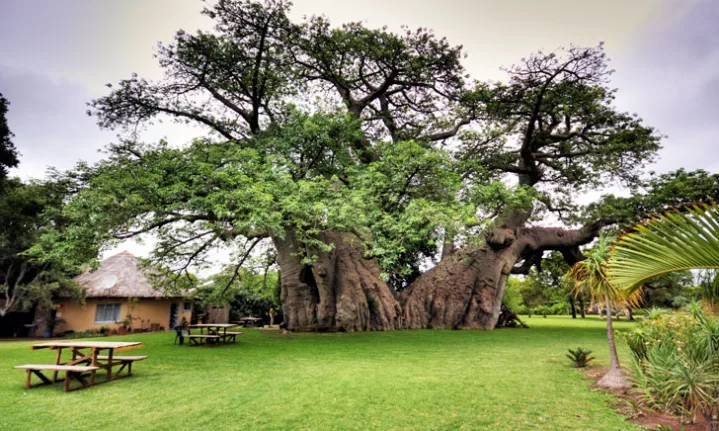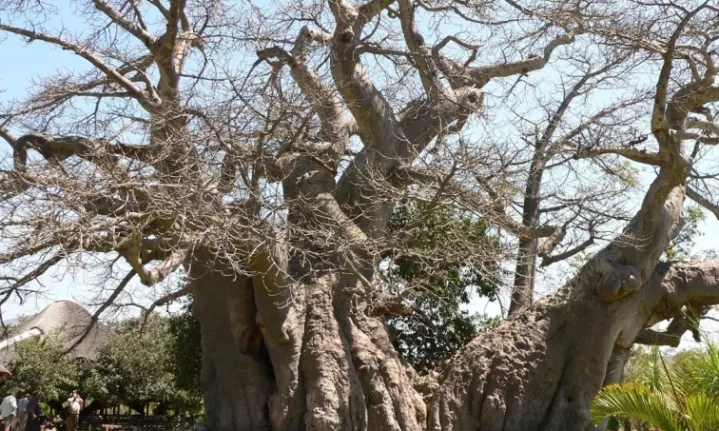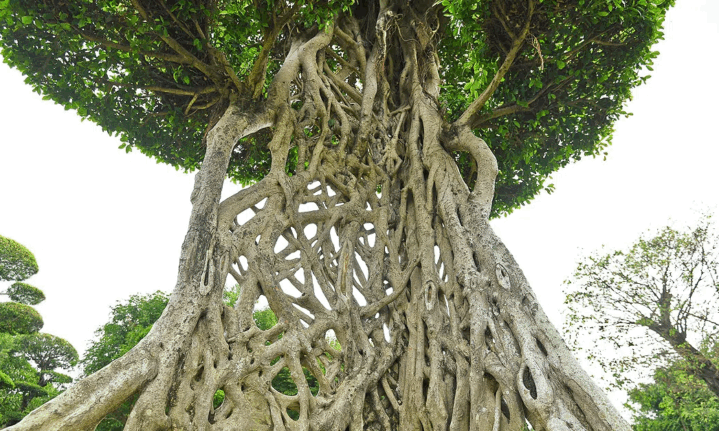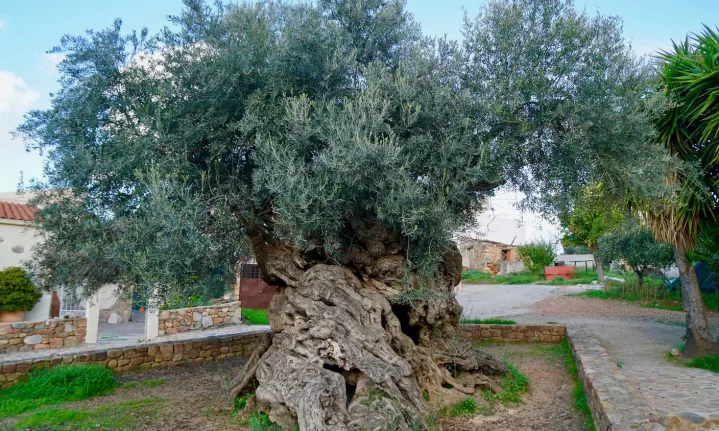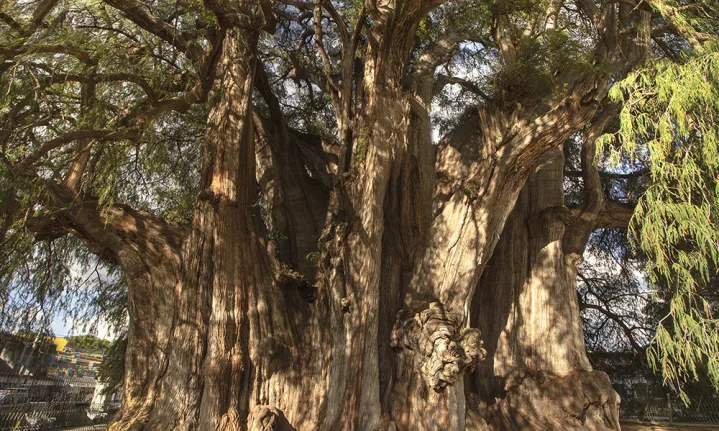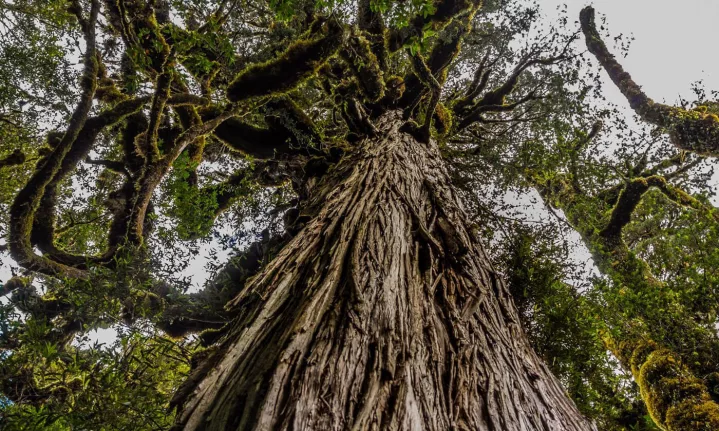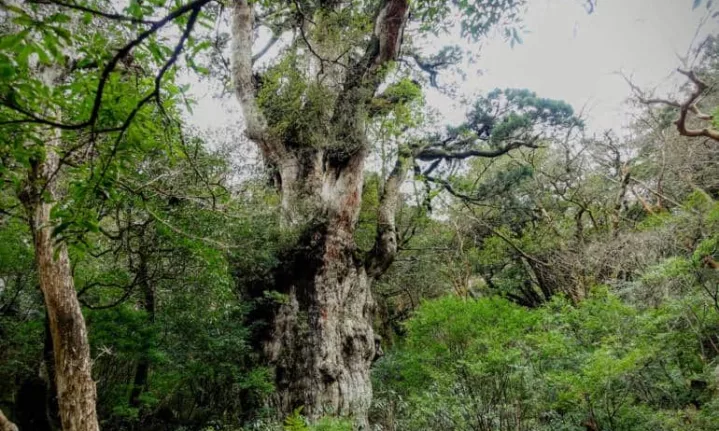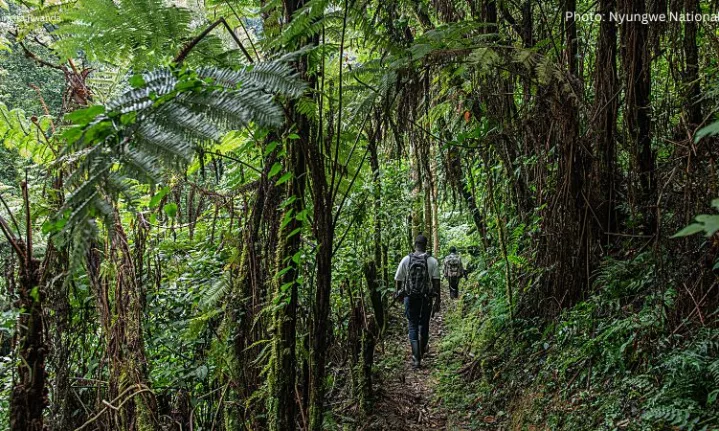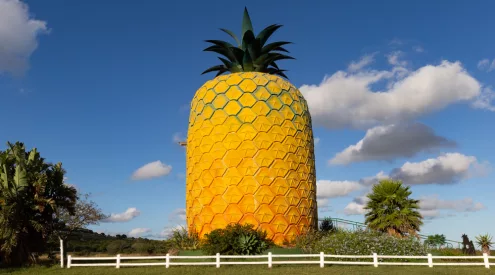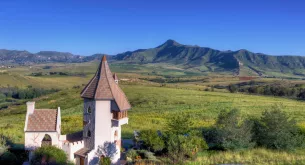There is something incredible about standing beneath a tree that has lived for thousands of years. These giants have witnessed empires rise and fall, climate changes and endless generations.
These giants go beyond their impressive trunks for conscious travellers; they provide a chance to be one with nature and take in the stories of the Earth. From Africa’s mighty baobabs to the mysterious cedars of Japan, here are some of the world’s oldest — and most awe-inspiring — trees worth the travel.
The world’s eldest — Global icons
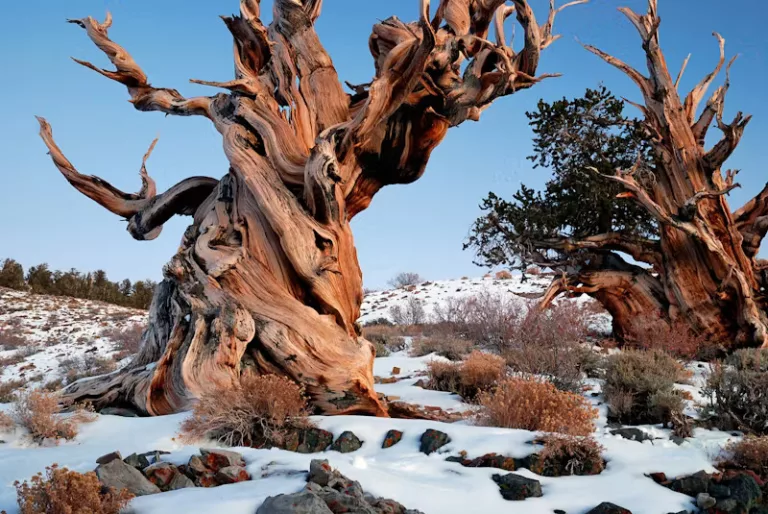
© Creative Commons/Rick Goldwaser/Conservation International
Methuselah – California, USA
Hidden in the White Mountains of California, this 4,800-year-old bristlecone pine is considered one of the oldest non-clonal trees on Earth. While its exact location remains a closely guarded secret to protect it, you can explore the surrounding Ancient Bristlecone Pine Forest via marked trails dotted with other long-living relatives.
Jōmon Sugi – Yakushima, Japan
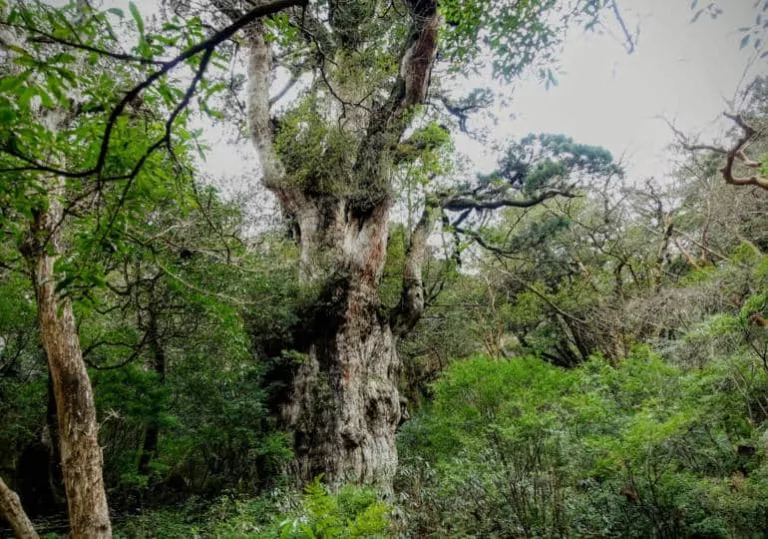
Japan Cheapo/Lily Crossley-Baxter
Found in the mist-shrouded forests of Yakushima Island, Jōmon Sugi is estimated to be between 2,000 and 7,200 years old. Named after Japan’s prehistoric Jōmon period, the tree is deeply revered and protected as part of a UNESCO World Heritage Site. A 10-hour round-trip hike through mystical terrain brings you within respectful viewing distance.
Alerce Milenario – Chile
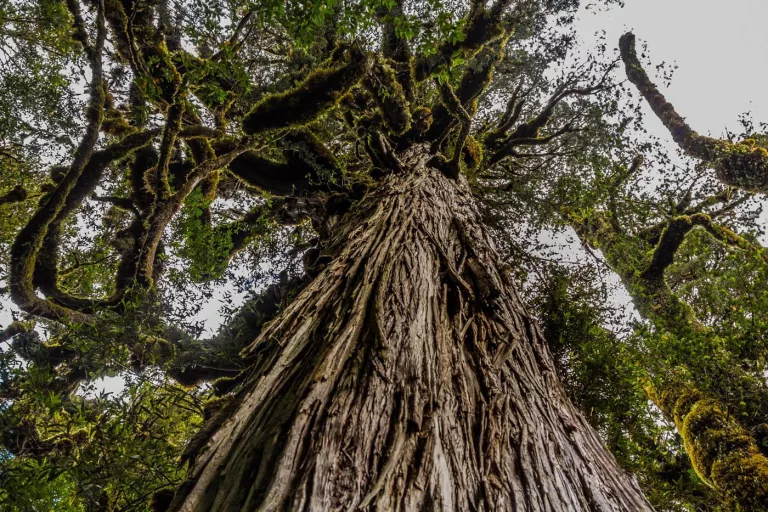
Picture/Ladera Sur
In Chile’s Alerce Costero National Park, this Patagonian cypress may be over 5,000 years old — currently under review as the oldest living tree. Often called Gran Abuelo or the “Great-Grandfather,” it plays a critical role in carbon storage and biodiversity and is now at the centre of conservation efforts.
El Árbol del Tule – Oaxaca, Mexico
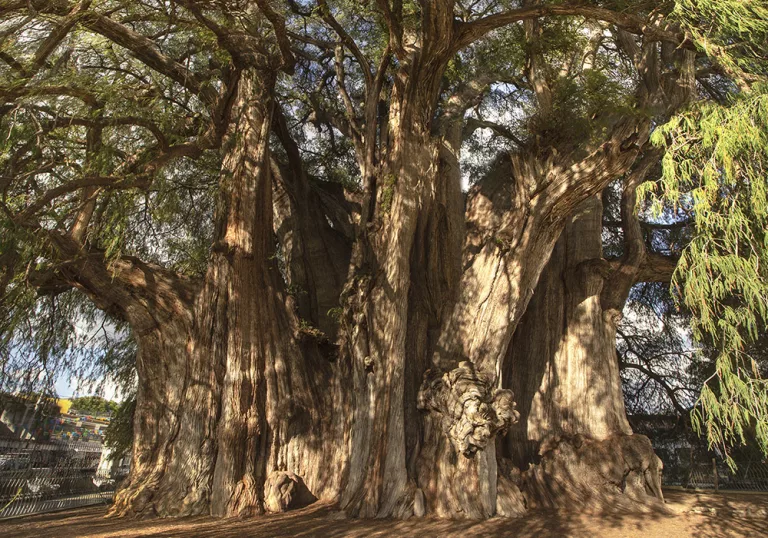
Picture/Arboles Con Historia
Boasting the world’s widest trunk, the Tule Tree in the town of Santa María del Tule is a Montezuma cypress believed to be over 2,000 years old. The tree is surrounded by myth, local lore, and artistic celebrations — a must-see for visitors to Oaxaca.
Olive Tree of Vouves – Crete, Greece
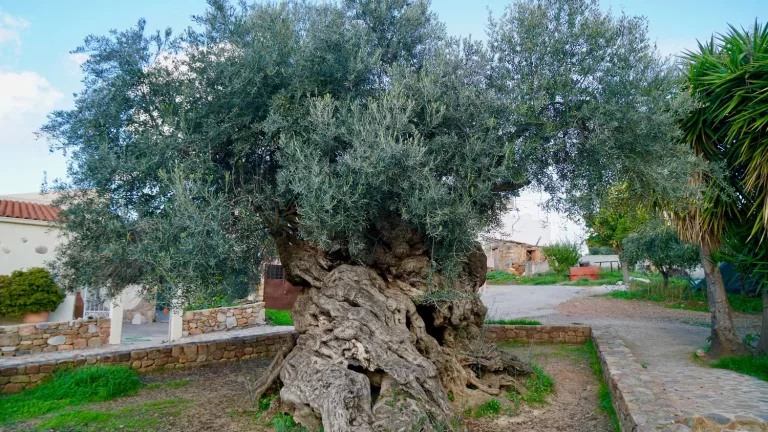
Picture/Shutterstock/The Travel
Still bearing fruit after 4,000 years, although the exact years are yet to be determined, this gnarled olive tree is one of the oldest known cultivated trees. It’s linked to ancient Greek agricultural practices and remains a living tribute to Crete’s enduring food culture.
Strangler Figs – Southeast Asia & beyond
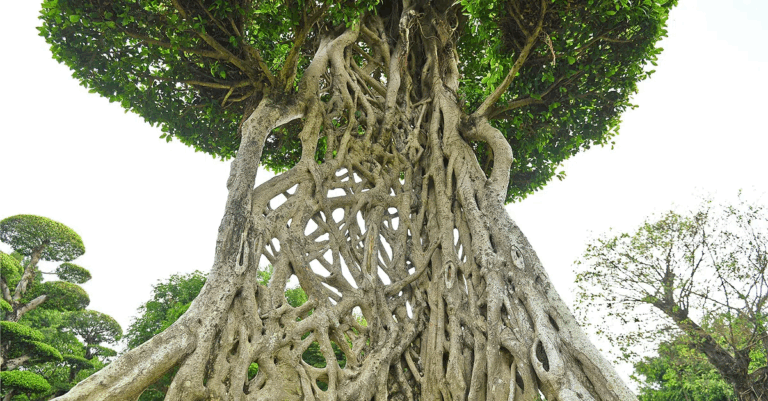
Picture/Jardineria On
While not ancient by age alone, the labyrinthine root systems and eerie silhouettes of strangler figs make them unforgettable. Found throughout Southeast Asia, India, and parts of Africa, they grow by enveloping host trees, often turning temples (like Angkor Wat) into nature-conquered ruins.
ALSO READ: Sculpture parks and gardens to visit
African ancients — Deep roots of the continent
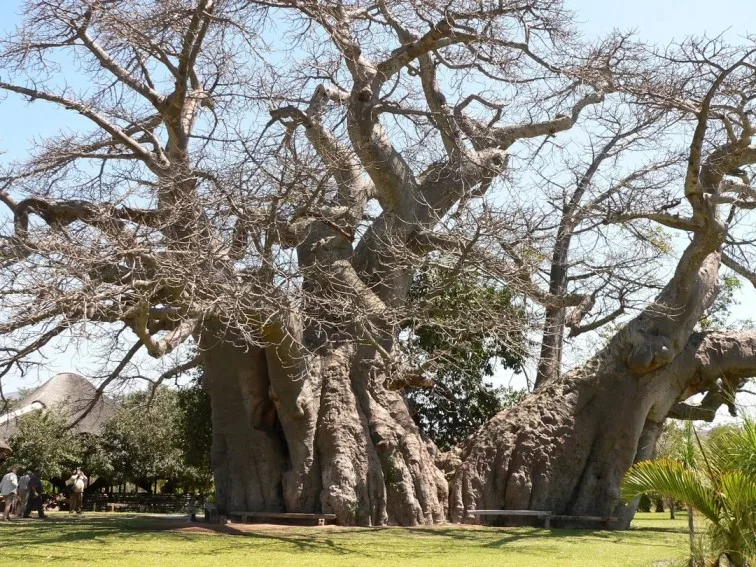
Picture/Reddit
Sagole Baobab – Venda, South Africa
The largest baobab in South Africa, the Sagole tree, towers with spiritual significance. The Venda people regard it as sacred, and it continues to serve as a marker of ancestral wisdom and oral tradition.
Panke Baobab – Zimbabwe
Phys.org/Mariëtte Le Roux
This baobab in northern Zimbabwe was around 2,450 years old when it died in 2011, making it the oldest recorded flowering plant (angiosperm) in the world. Its hollow interior sheltered people, livestock, and even historical records.
Sunland Baobab – Limpopo, South Africa

Hannes Steyn/Inhabitat
Though it partially collapsed in 2017, this iconic baobab once hosted a pub in its cavernous trunk. Its legacy continues to attract visitors intrigued by both its botanical enormity and quirky history. According to a study published in 2018, not only the Sunland Baobab, but “the majority of the oldest and largest African baobabs [have died] over the past 12 years.
Shea Trees – Northern Ghana

Picture/B & FT Online
Often overshadowed by more iconic species, the shea trees of Ghana can live for centuries and are vital to women-led economies. The trees are deeply integrated into local customs, harvest festivals, and sustainable trade.
African Strangler Figs – Rwanda’s Nyungwe Forest
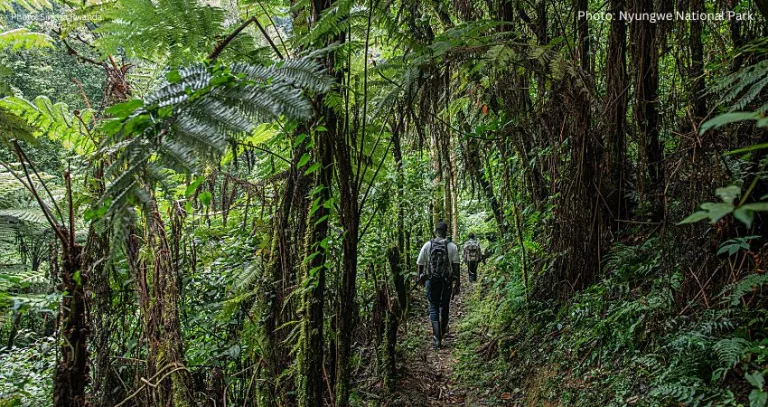
Picture/Nyungwe National Park
In tropical forests across Africa, fig trees grow in sculptural, vine-like forms. In Rwanda’s Nyungwe Forest, these giants are known for their ecological importance and spiritual symbolism in local belief systems.
Travelling mindfully among ancient giants
Ancient trees are not just photo ops — they’re living archives of time. Travellers are encouraged to follow responsible tourism practices: stick to trails, avoid touching delicate bark, and support local guides and conservation efforts. These living monuments remind us of our place in nature’s timeline — small, fleeting, and incredibly lucky to witness such resilience.
Follow us on social media for more travel news, inspiration, and guides. You can also tag us to be featured.
TikTok | Instagram | Facebook | Twitter
ALSO READ: Most hair-raising mountain passes in South Africa’s Western Cape



